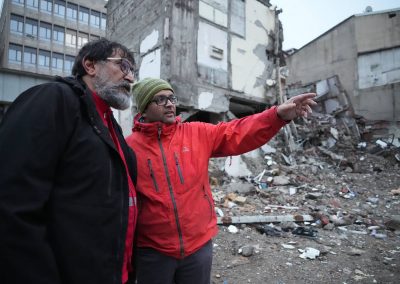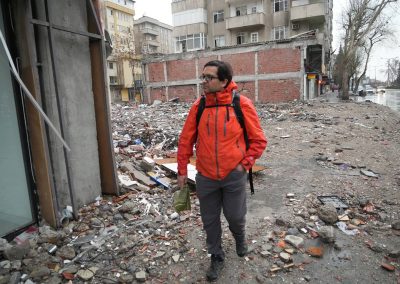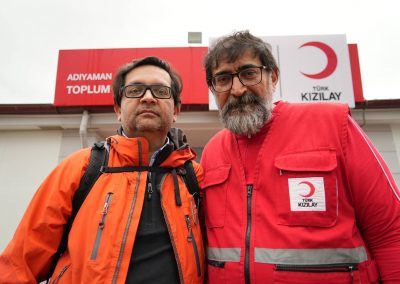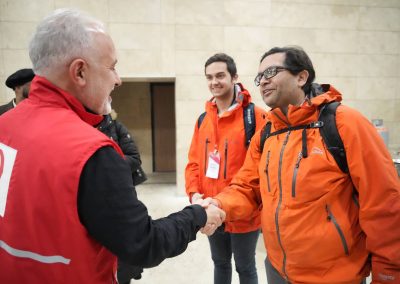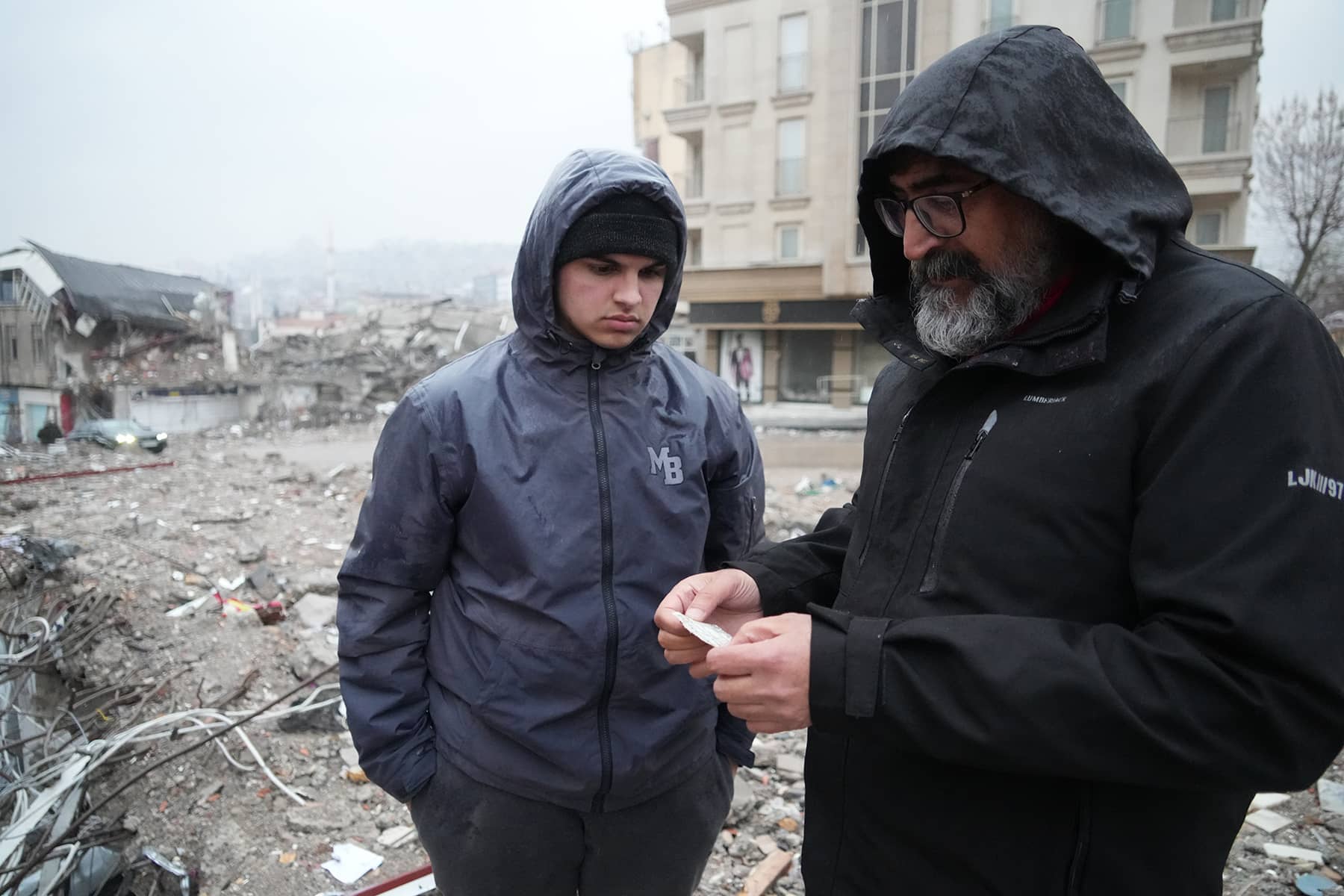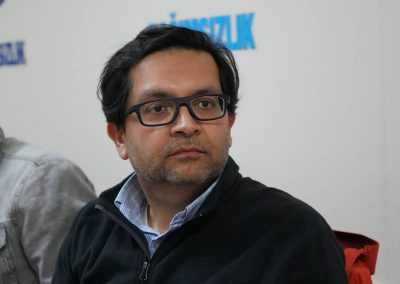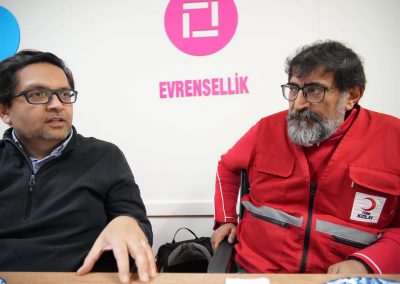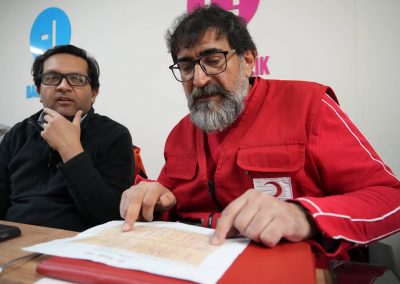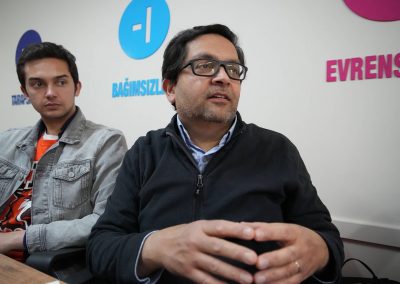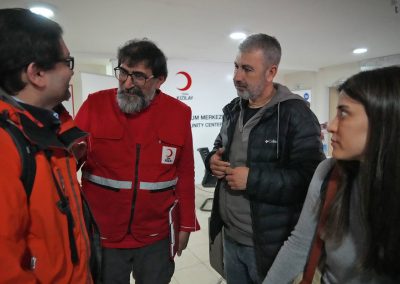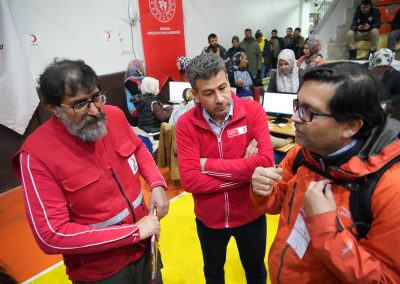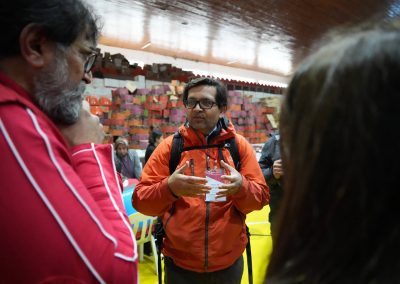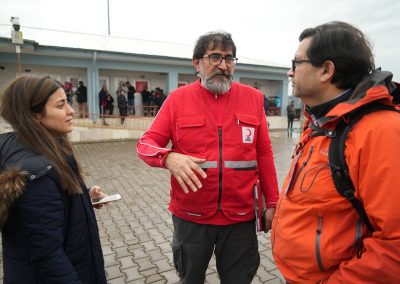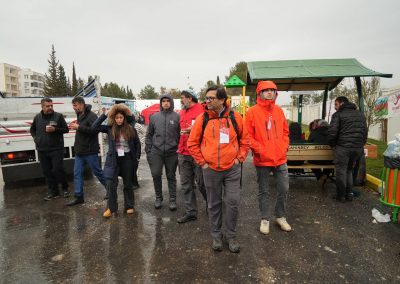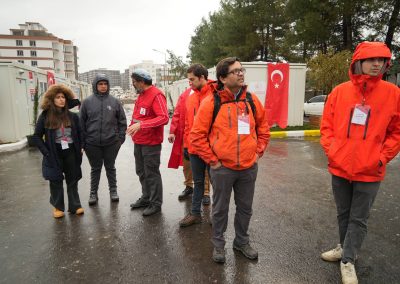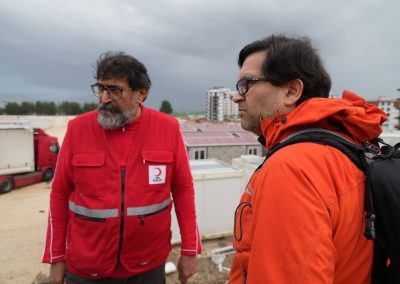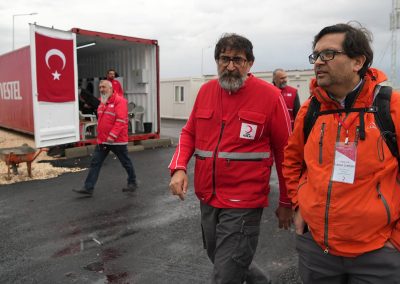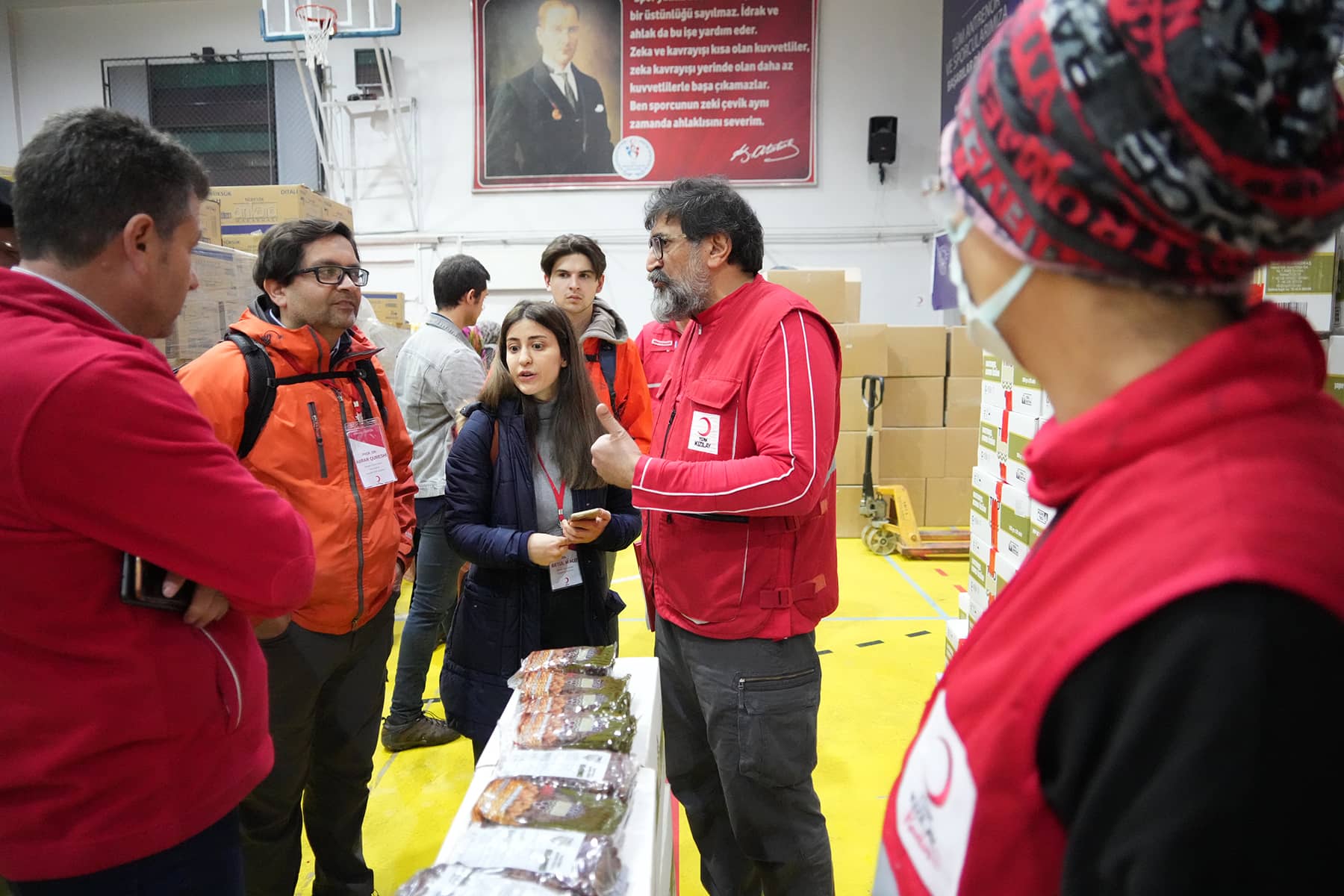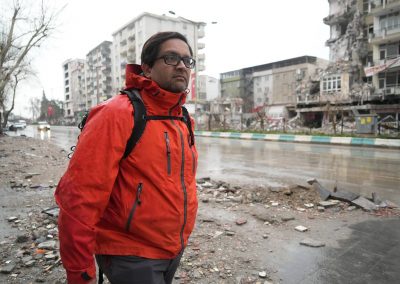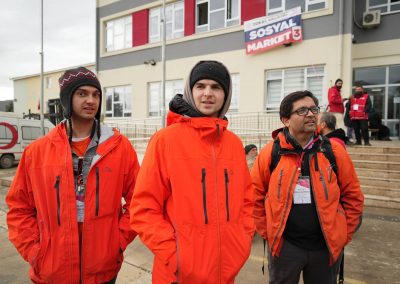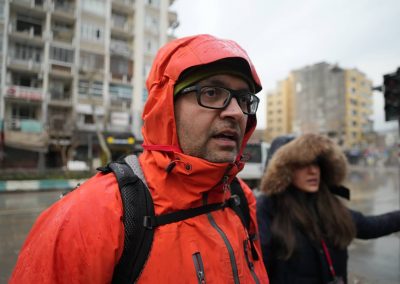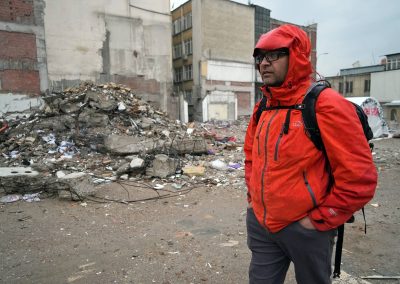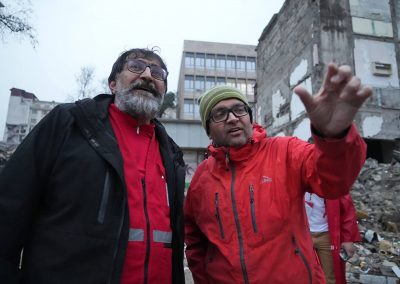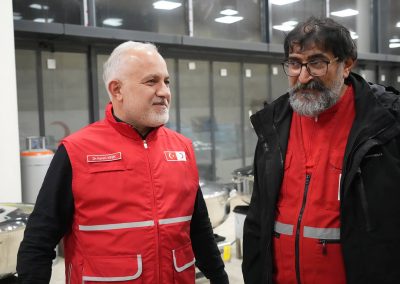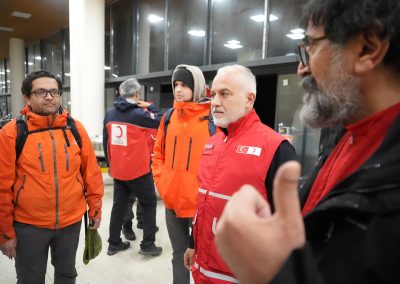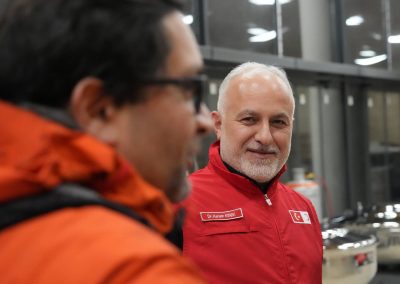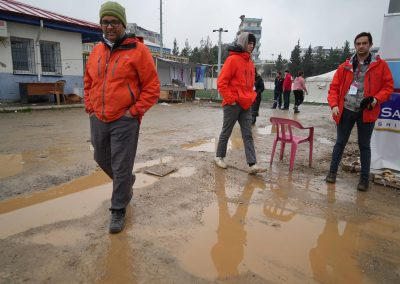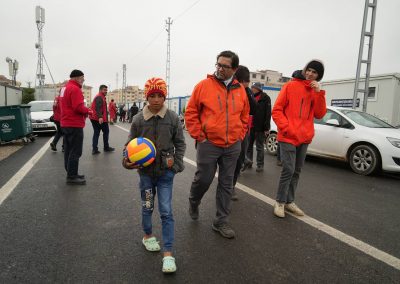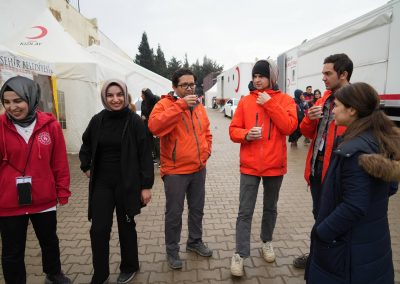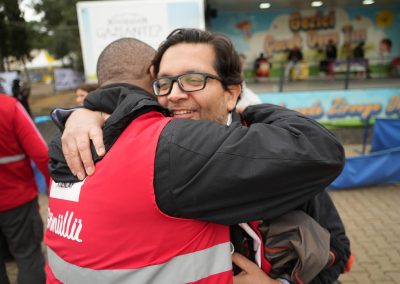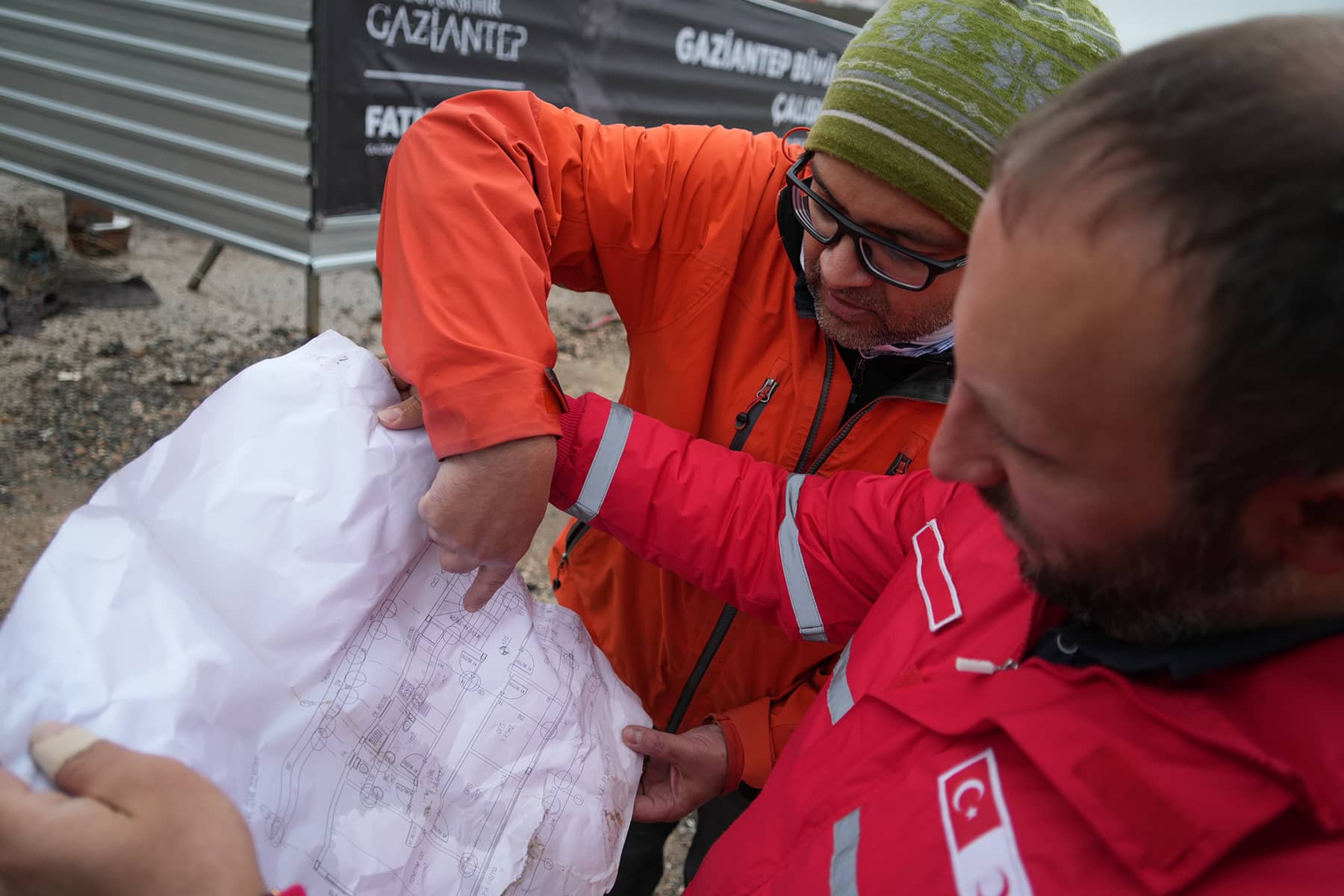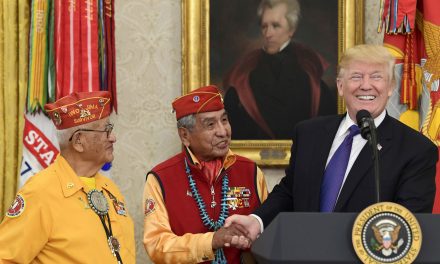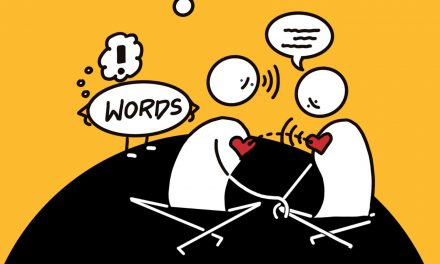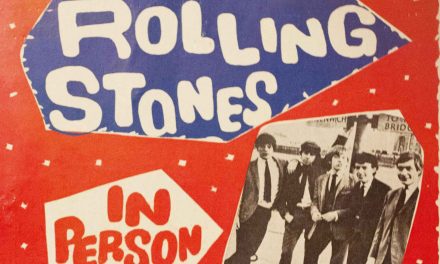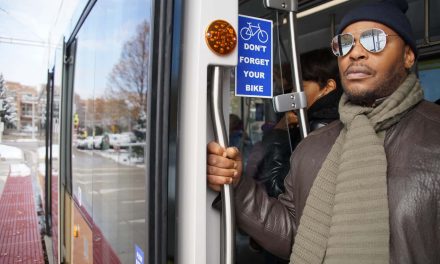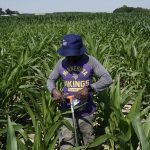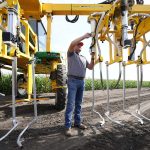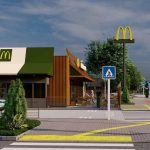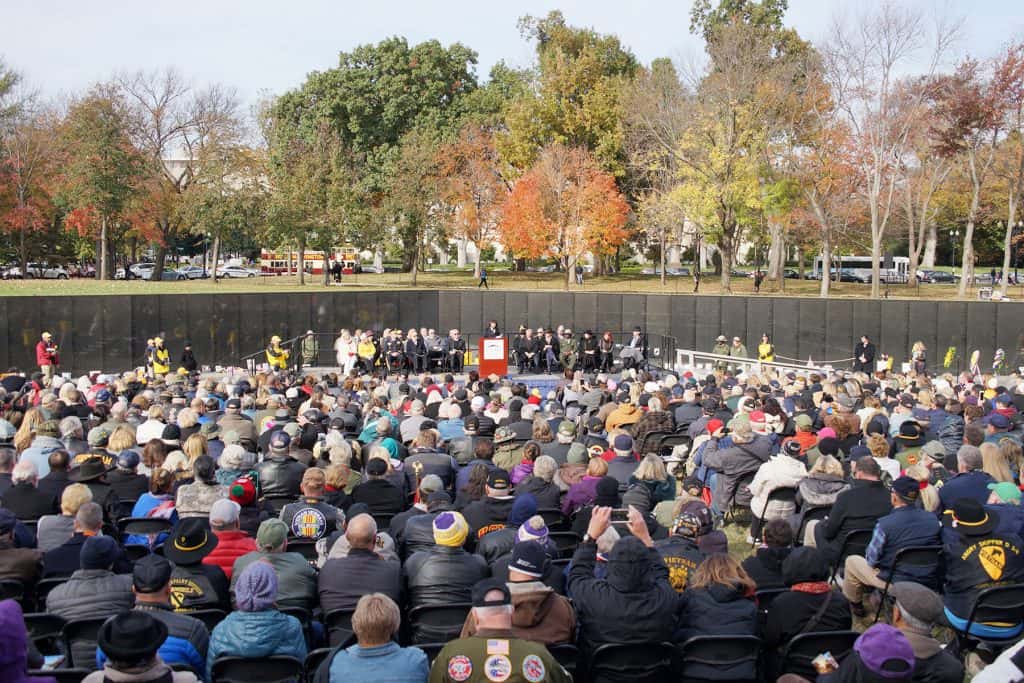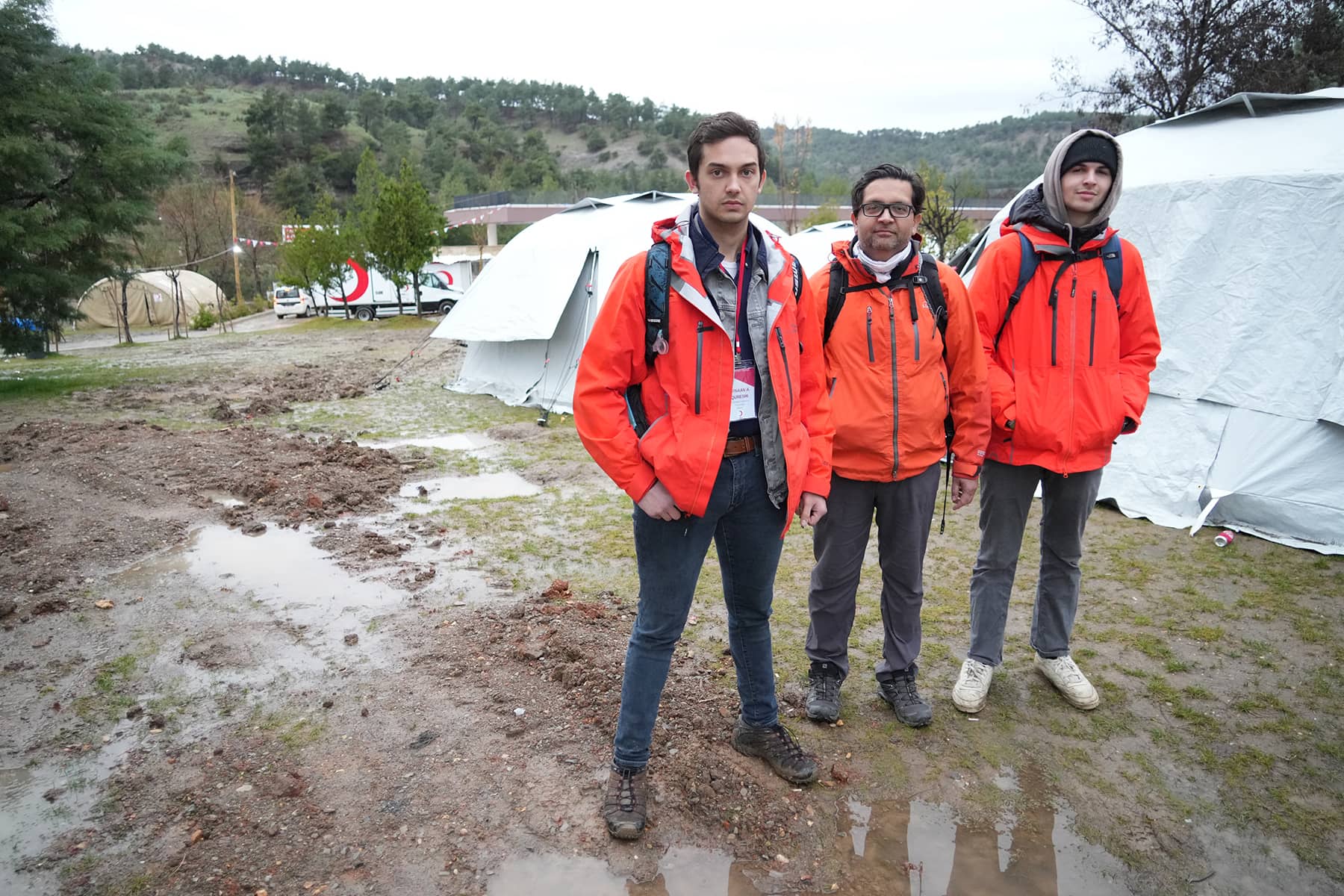
Earthquake Mission in Türkiye: A massive earthquake struck Türkiye and Syria on February 6, leaving tens of thousands dead and millions homeless. Milwaukee Independent was invited by a team of American doctors and clergy to document conditions in the hardest hit parts of Türkiye a month later, embedded with the Turkish Red Crescent, Türk Kizilay. This special series offers a snapshot of the situation in Adiyaman and Antakya in images, with stories from first responders and survivors of the unfolding natural disaster. mkeind.com/earthquakemissionturkiye
Dr. Abrar Qureshi, who just returned from a SAMS medical mission in January, was a co-organizer of the trip to Türkiye in early March. Along with his sons Afnaan, Faizaan, and Iliyaan, Türk Kizilay – the Turkish Red Crescent, gave the member team an inside look at relief operations and a better understanding about what resources were vitally required. Dr. Qureshi shared a few of this thoughts with Milwaukee Independent.
Our family has been working through medical and humanitarian missions with displaced persons and refugees in Jordan, after the war in Syria, since 2016. When the earthquake hit vast areas in Türkiye and Syria, all of us saw an incredible response in the media and support from all over the world for people displaced by these massive, unimaginable, natural disasters.
However, given our family’s experience, working with displaced persons who are more chronically displaced, a realization hit us. After the initial attention in the news, and the initial effect of the trauma from these massive earthquakes, that attention would fade away. But the chronically displaced people would still be there. Their healthcare and general needs would continue to persist.
So we decided to reach out to Türk Kizilay, the Turkish Red Crescent, to plan a trip in the field. A firsthand expeirence would help us better understand the needs on the ground, strengthen our working relationship, and allow us to carefully plan a longer-term strategy over the next couple of years to help these displaced persons.
It is worth noting that the chronic problems of the chronically displaced persons can impact not just their healthcare, but all aspects of life like education and general welfare. Our experience from working with the refugees from the Syrian civil war has been that chronic medical conditions crop up and, if not addressed, can lead to major morbidity and mortality.
We have also realized that mental health lurks everywhere in situations where people are chronically displaced, with post-traumatic stress disorder (PTSD), depression, and anxiety highly prevalent. We have also seen the effects of chronic malnutrition, especially in children, that can result in stunted growth and perpetuates the vicious cycle of mental health problems.
Our concern was that, in this newly displaced group of persons at such a massive scale, there would be a need for nutrition and education – especially for the children. We were fortunate that through friends and contacts with the Turkish Red Crescent, which is a sister organization of the international committee of the Red Cross, we were able to spend time with their teams on the ground.
Dr. Qureshi’s son Iliyaan Qureshi is a high school student who traveled with the medical and religious team to Türkiye in early March. This essay, written at the request of Milwaukee Independent, explores his experiences on the trip with the Turkish Red Crescent and members of his family.
Although spring break is a fun and relaxing time away from school, I felt it was important to go and help a country of which I am a citizen. Hearing about the earthquake that occurred in Türkiye from across the world really made me emotional, and just sitting at home in America didn’t feel right.
So, I decided to start an item drive and a fundraiser, collecting many sleeping bags, medicines, some tents, and hand warmers. Raising over $1,500 and collecting many items felt amazing. Although such a small amount would only help a limited number of people, going to the earthquake zone itself would really benefit us in learning what was needed and what was not.
For example, we learned that donating tents was more of a hindrance than a help. It took too much time to learn how to build various tents and read the instructions, considering there were hundreds of different styles. And tents of different sizes and designs added to feelings of inequity, if large families got small tents while individuals got bigger ones. The Red Crescent opted to take money instead to manufacture the tents themselves so that there was no confusion.
When we arrived in Adyame, Türkiye, I saw some interesting things. I saw a man in a shop getting his hair cut, and right next to him was the rubble of a building smashed to the floor while he was still inside calmly getting a haircut. It was amazing to see that although their surroundings had been ruined, they still carried on with their way of life.
Looking at all the destroyed buildings over and over again really made me think that these people had just gone through the worst part of their lives, and now have anxiety about buildings.
After seeing more demolished buildings in other places like Gaziantep and Hatay, we heard of a plan that had three steps: first, to have tent cities for the most recently rescued people; second, to have a container city to move long-term survivors into; and third, to build new and improved buildings for these people to move into over the next year or two.
But that plan didn’t account for some things, such as the stress and anxiety going through these people’s minds. Not just at this moment, but in the future when they move back into big buildings – like the ones that had crashed down around them and killed their friends and family.
On the ground, we met many different Red Crescent workers and volunteers. We had struggled with donating funds to the Red Crescent from overseas. But we learned that because the Red Crescent and the Red Cross are very closely intertwined, we could direct donations to the Red Cross and specify that they are forwarded to the Red Crescent. That made the process much easier to move funds from America to Türkiye.
It was amazing to hear the amount of help going through to make sure everyone will be safe. As well as supplies provided by SAMS (Syrian American Medical Society) and AAR Japan (Association for Aid and Relief – Japan), there have been many NGOs supplying a lot of materials in order to fast-track recovery in affected areas.
From the safety of my home, it is easy to forget about all the people I met who continue to suffer hardships in Türkiye because of the earthquake. But people like me don’t have to feel helpless, we can still help by at least making a donation to the Red Crescent.
The holy month of Ramadan teaches Muslims to practice self-discipline, self-control, sacrifice, and empathy for those who are less fortunate. I hope that message will encourage everyone to take an action of generosity.
Series: Earthquake Mission in Türkiye
- Earthquake Mission in Türkiye: Documenting vast devastation with the Turkish Red Crescent
- Displaced and Deserted: What remains of Adiyaman and Antakya after the February 6 disaster
- Türk Kizilay: Providing emergency relief to those affected by the Kahramanmaraş earthquake
- Refugees without a war: Surviving both a massive earthquake and its toxic trauma in Türkiye
- Thinking about the best way to help survivors in Türkiye when the unthinkable happens
- From Milwaukee to Istanbul: A visual diary from a city at the crossroads of Europe and Asia
A massive 7.8 magnitude earthquake struck parts of Türkiye and Syria on February 6. The Milwaukee public is encouraged to make donations to Türk Kizilay, the Turkish Red Crescent, in support of their vital crisis relief work.
Lee Matz
Lee Matz

